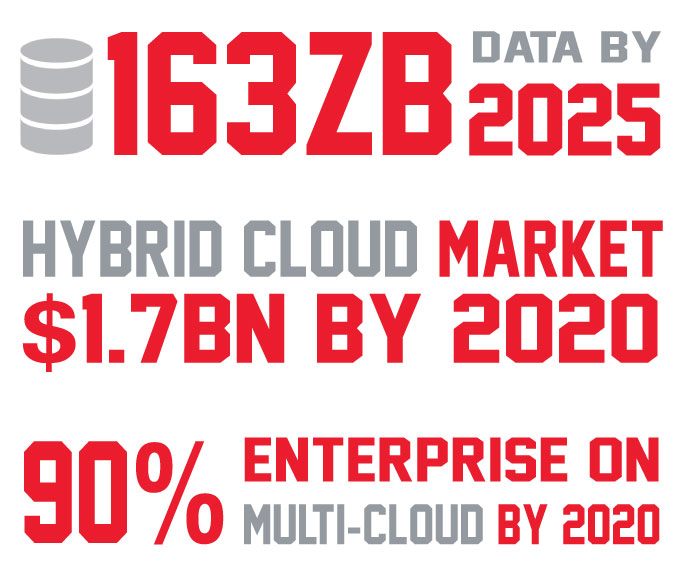By Adam Gardner, Head of Products at NEXTDC
During a recent training ride for the Smith Foundation’s 210km Around the Bay event, amidst the sweat and at times, grown man’s tears, it occurred to me how often we seek the path of least resistance. As humans we’re hard-coded to find the most efficient way to complete any given task. In fact, research has shown that our brains are hard-wired to subconsciously bias our decisions to seek out the easiest path. On face value, it makes complete sense. Why invest time and effort in something if there is an easier approach? If we look at the long game, in many scenarios taking the path with increased resistance can deliver significant benefits. One example is exercise. Very few would argue that getting up early on a cold winter’s morning and going to the gym is the action with the least resistance. Yet, doing so will undoubtedly set you up with more energy for the day, a rush of endorphins and most likely a longer happier life.
But what has this got to do with data centres I hear you ask? There is a link, I promise. Over the last ten years, we’ve seen an unprecedented pace in innovation and digital disruption. One particular aspect changing at a phenomenal rate is the creation of data. IDC predict that the amount of data generated worldwide by 2025 will be 163ZB. If you’re brave enough, log into your home router and check out how many devices are connected and how much data each is generating. Sure, some of this data is kept locally and processed within your home (otherwise known as the edge), yet much of this data will be transmitted and processed offsite, likely a data centre somewhere in the world. The important thing to note is this is only the data being generated by a single household, which on average in Australia is 3 people.
As technology advances, we’ve largely moved away from one to one communication to a everyone to everything topology. Many users would have some form of exercise tracking which then communicates with a wide variety of cloud providers. A common example would be a cycling tracking app, which then communicates with a calorie counting app, posts to social media after your race and emails you the results for future review. And this is just a single use case.

If we look to a commercial environment the creation, transmission and processing of data is categorically larger, and indeed far more valuable for each organisation. Connecting to other parties to drive growth and new revenue streams can be a significant challenge with a significant cost associated. Yet the Uptime Institute reported that more than 70% of enterprise workloads were still running in on-premise data centres. Why is this the case? For many, it’s simply the path of least resistance. It comes down to the age old question ‘if it’s not broken, why fix it?
However, with the hybrid cloud market predicted to grow to more than $1.7Bn by 2021, hosting in an on-premise data centre may not provide the most effective way to connect to the partners, suppliers and locations that are important to your business. Sure, the internet can reach the public cloud providers, but it’s often less cost effective, less secure and unlikely to scale with your needs than direct connections available in specialised facilities. Additionally, the Australian cloud landscape is has shifted into high gear with new entrants such as Alibaba Cloud joining the likes of veterans AWS, Microsoft Azure, Oracle, IBM Cloud, Google as well as many other local private cloud providers.
Running data centres takes a lot of hard work, specialist knowledge, significant investment and ongoing management. When it’s not your core business, it makes you wonder whether the unnecessary risk to your brand and your business is worth it? Hosting your mission critical infrastructure in a dedicated, world-class data centre enables your business to power, secure and connect cost effectively and quickly to the clouds, your partners and your customers. Most importantly, it enables you to focus on your core business and not on the data centre infrastructure.
But, and there’s always a but, it’s not the path of least resistance. The path of least resistance is doing nothing. It’s easy and it’s free, just the same as rolling over in bed on that chilly winter morning. However, spending the time to discuss your options with world-class data centre providers (I can recommend a great one) is something that will pay many dividends for you and your organisation in the medium term. Some might even say that doing so could leave you with a longer happier life. Learn more about connecting with NEXTDC


